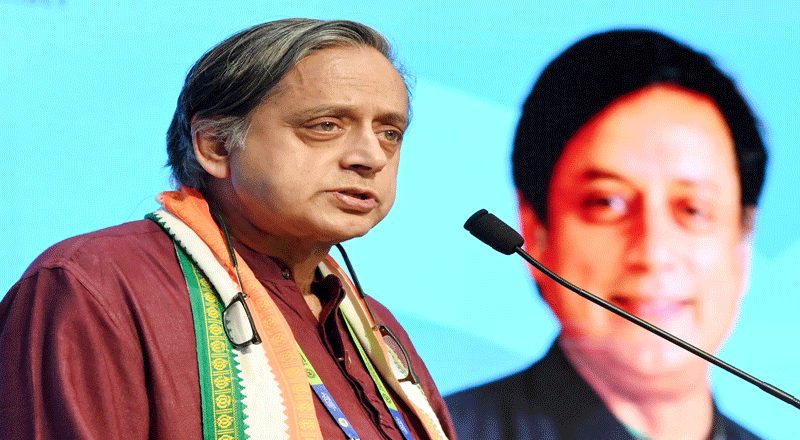Ever since its inception, the Citizenship Amendment Act (CAA) has been a contentious issue, sparking debates and discussions across the nation. With the recent notification of the rules governing its implementation by the Central government, it’s imperative to delve deeper into the intricacies of eligibility, procedural aspects, and language requirements. This report aims to provide a detailed examination of the CAA rules, shedding light on vital components such as who qualifies for citizenship, the requisite documentation, and the procedural steps delineated by the authorities.
Understanding Eligibility Criteria under Section 6B
Section 6B of the Citizenship Amendment Act lays down specific eligibility criteria for individuals seeking Indian citizenship. These include:
Indian Origin: Applicants must establish their Indian origin.
Marriage to an Indian Citizen: Those married to Indian citizens are eligible to apply.
Minor Child of Indian Citizen: Minor children of Indian citizens are deemed eligible for citizenship.
Parents Registered as Indian Citizens: If an applicant’s parents are registered as Indian citizens, they meet the eligibility criteria.
Citizenship of Independent India: Individuals or their parents who were citizens of Independent India qualify for citizenship.
Overseas Citizen of India Cardholder: Individuals registered as Overseas Citizen of India (OCI) cardholders are eligible under CAA.
Special Documentation Requirements
Applicants are mandated to furnish two critical documents alongside their application:
Affidavit: An affidavit verifying the accuracy of the statements made in the application, supplemented by an affidavit from an Indian citizen vouching for the applicant’s character.
Language Proficiency: Proficiency in one of the languages listed in the Eighth Schedule of the Constitution is requisite for applicants.
Deciphering the Procedural Framework as per CAA Rules
The procedure for acquiring citizenship under the CAA is delineated as follows:
Application Submission: Applicants are required to submit their applications electronically to the Empowered Committee via the District Level Committee.
Document Verification: The District Level Committee, led by the Designated Officer, meticulously verifies the authenticity of the submitted documents.
Oath of Allegiance: The Designated Officer administers the oath of allegiance to the applicant, adhering to the specifications outlined in the Citizenship Act, 1955.
Empowered Committee Scrutiny: The Empowered Committee scrutinizes each application to ensure completeness and adherence to all stipulated conditions.
Grant of Citizenship: Upon satisfactory review of an applicant’s suitability, the Empowered Committee may grant Indian citizenship.
The recent notification of the rules governing the Citizenship Amendment Act provides much-needed clarity on the process of acquiring Indian citizenship for eligible individuals. By comprehending the eligibility criteria, document requisites, and procedural framework delineated by the government, prospective applicants can navigate the citizenship application process with greater efficacy and understanding.
(With inputs from agencies)





